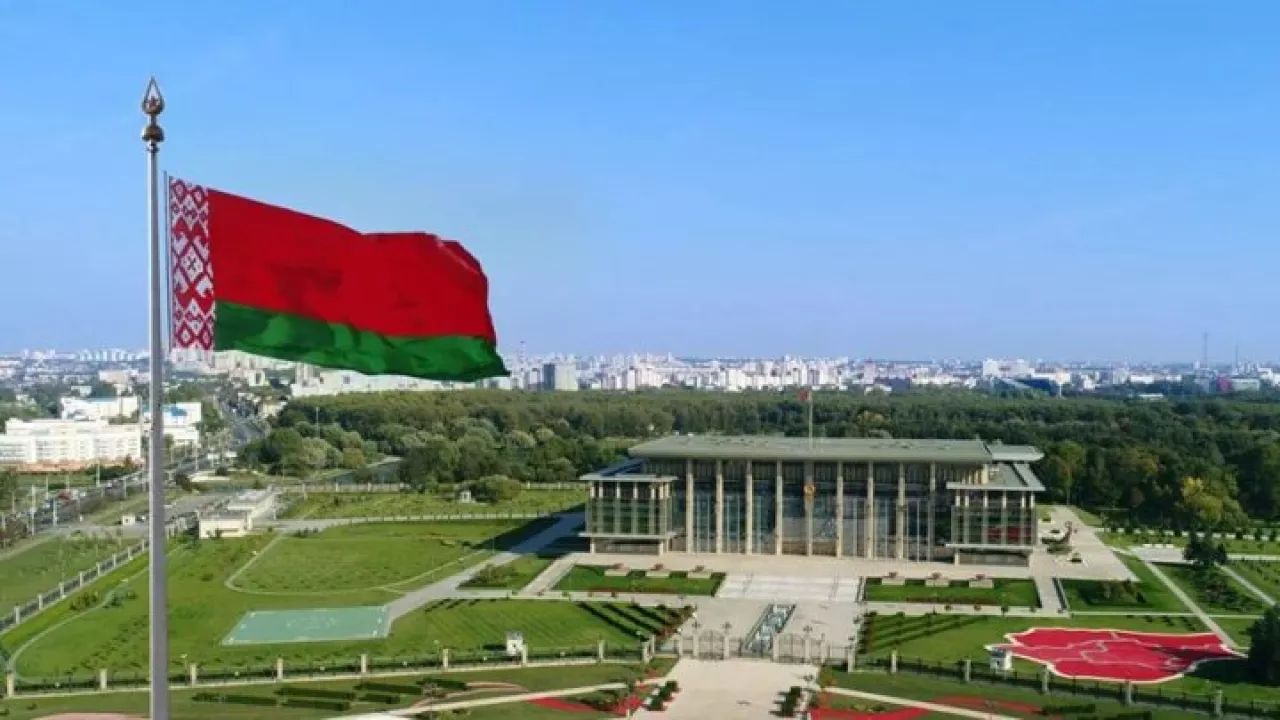
At the III International Eurasian Security Conference held in Minsk, Belarusian Deputy Minister of Labor and Social Protection Tatyana Astreyko announced that the number of labor migrants in the country increased by 1.5 times over the past year, reaching 32,000. Key highlights: - Citizens of Uzbekistan and Turkmenistan make up 54 percent of labor migrants; - The number of citizens from India and Nepal has also increased significantly; - 70 percent of migrants work in manual labor professions.
According to Astreyko, the share of labor migrants in the overall structure of the employed population in Belarus is still very low, constituting less than 1 percent. She also noted that citizens of Uzbekistan and Turkmenistan, as well as citizens of the Eurasian Economic Union countries, do not have equal rights with Belarusians.
The majority of foreign migrants live and work in Minsk and the Minsk region. Astreyko explained the growing attractiveness of Belarus for foreigners by the rising wages, educational opportunities in production, and an overall tolerant environment.
At the same time, in recent years, due to political repression in Belarus, hundreds of thousands of people—mainly young people and working-age adults—have left the country. This process coincides with a demographic crisis and an aging population.
This, in turn, is forcing the government to attract labor migrants. Nevertheless, Belarus is much less attractive for Central Asians compared to Russia, mainly because of the smaller labor market and lower wages in the country.
Users of Меҳмон are not allowed to comment this publication.













